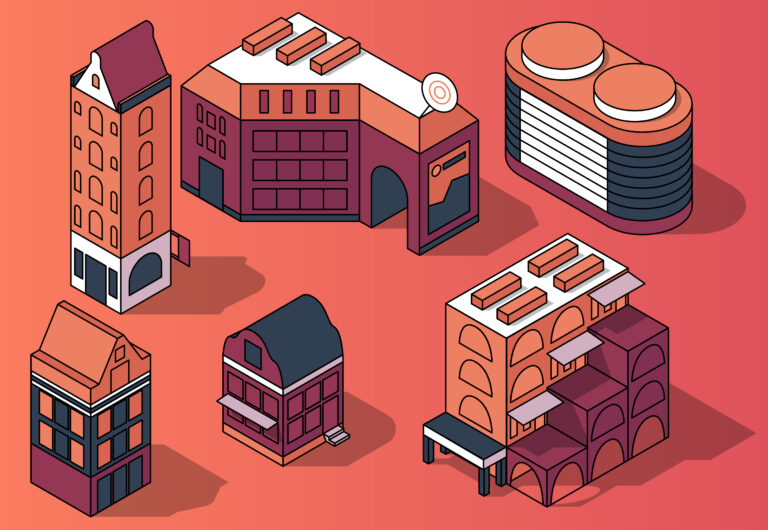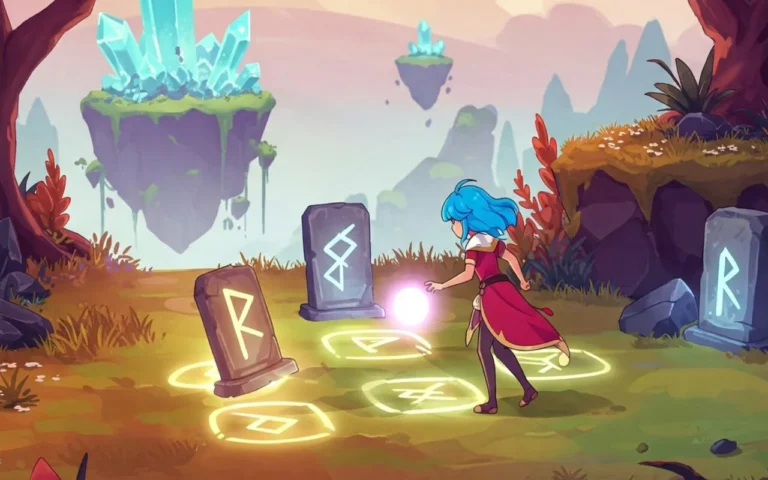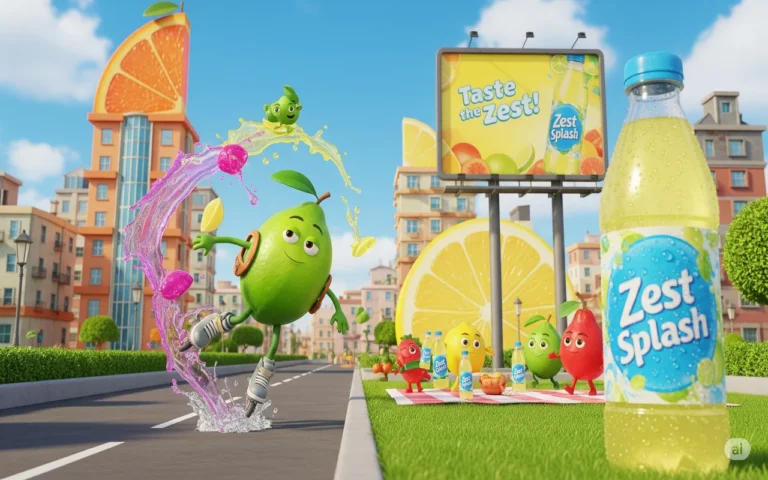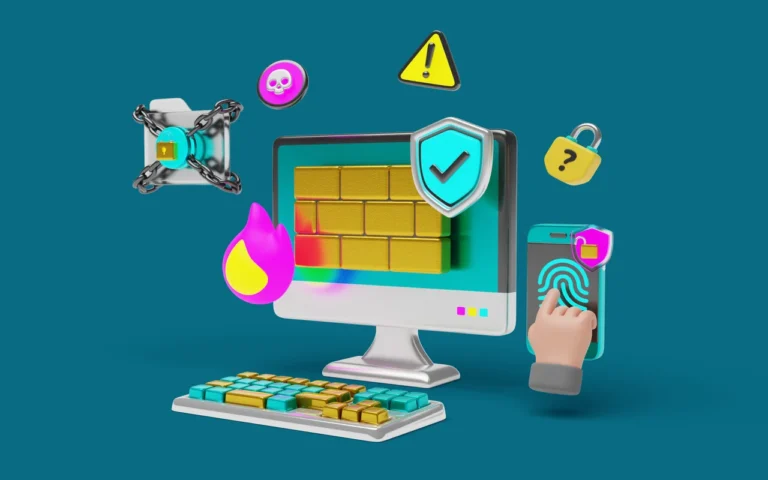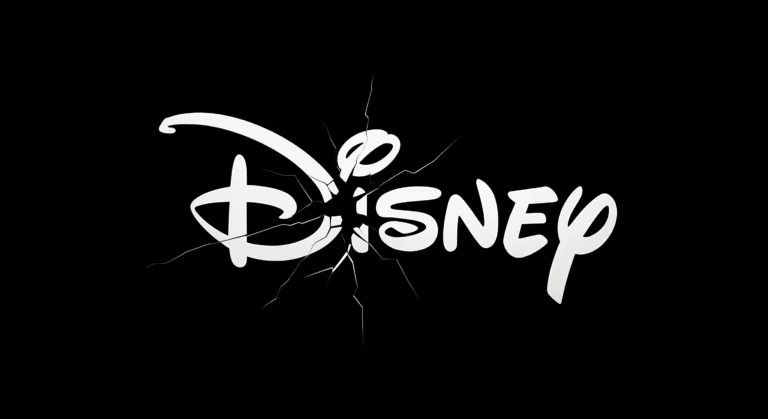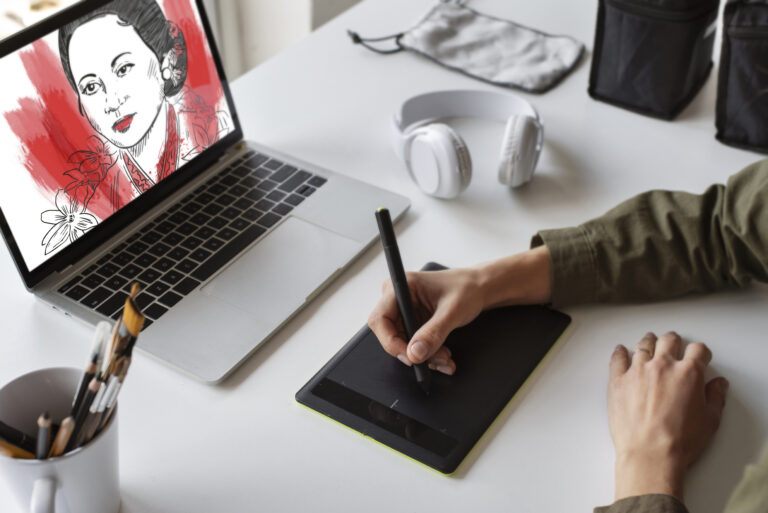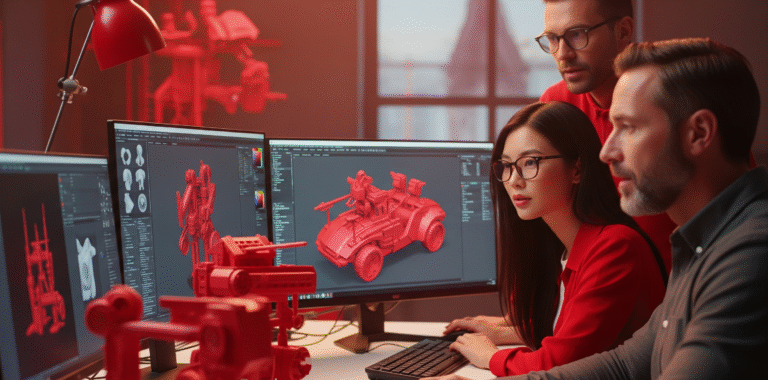In the world of 3D modeling, animation, and visual effects (VFX), textures are a key element in animating digital creations. They reshape flat, lifeless surfaces into elaborate and realistic objects that engage the audience’s imagination.
Whether it’s the gleaming surface of a futuristic robot, the detailed fabric texture of a flowing gown, or the rustic stone finish of a medieval castle, textures impart depth and richness to 3D models.
The creative minds behind this integral artistry are known as texture artists. These professionals expertly combine their creative vision with technical skills to produce and implement textures that amplify the realism of 3D models.
Texture artists diligently craft surface properties—such as roughness, shine, and clarity—to ensure that each texture reacts authentically to different lighting and environmental scenarios.
Artists at Pixune Studios’ 3D texturing services collaborate with 3D artists, lighting professionals, and animators to ensure visual alignment and unity throughout the project.
With their mastery of various software and techniques, such as shader development and physically-based rendering (PBR), texture artists play an essential role in shaping the immersive experience of digital environments, creating a seamless connection between fantasy and reality, allowing audiences to engage profoundly with the stories on the screen.
This article examines texture artists’ significant role and responsibilities in digital art. It will outline the skills essential for excelling in this profession, detail the texture creation process, and highlight the various tools and software artists rely on. Moreover, we will investigate the diverse applications of texturing across different industries and discuss the contemporary trends shaping this craft’s future landscape.


Need Game Art Services?
Visit our Game Art Service page to see how we can help bring your ideas to life!
Texture Artists in Action: Exploring Their Roles and Responsibilities
At the heart of every stunning 3D creation is a texture artist who develops the intricate details that breathe life into models. Their key role is to ensure that each 3D object embodies the project’s creative intent.
In the following, we will look more closely at some of the tasks texture artists handle:
Texture Mapping:
A cornerstone of a texture artist’s role is texture mapping, the technique of applying 2D images to 3D models with precision. This process hinges on their skill in UV unwrapping, where they convert the 3D model’s surface into a flat, 2D representation, allowing for effective texture placement. They must ensure the texture maps align perfectly with the model’s geometry, eliminating visible seams or distortions.
Additionally, texture artists incorporate shading and lighting techniques to ensure that textures respond realistically under different lighting conditions. This is particularly crucial in Physically Based Rendering (PBR), a prevalent method in modern texturing.
Material Creation and Alignment:
Material creation is another fundamental responsibility for texture artists. Teaming up with shading and lighting specialists, they develop the physical attributes of materials, such as glossiness, reflectivity, roughness, and transparency. This attention to detail ensures that materials react as intended in various environments, whether a sleek ceramic surface reflecting light or a canvas that appears soft and muted.
Additionally, texture artists contribute to shader development, helping to formulate the shaders that determine how textures interact with light and adapt to their surroundings.
Maintaining Consistency:
One of the final responsibilities of texture artists is to uphold visual consistency within a project. Whether contributing to an animated film, crafting a video game, or enhancing a visual effects sequence, they ensure that all textures align with the overall style and artistic vision.
Collaborating with modeling, lighting, and concept art teams, texture artists work delicately to synchronize design elements, creating a rich and immersive experience for viewers.
The Must-Have Skills for a Successful Texture Artist!
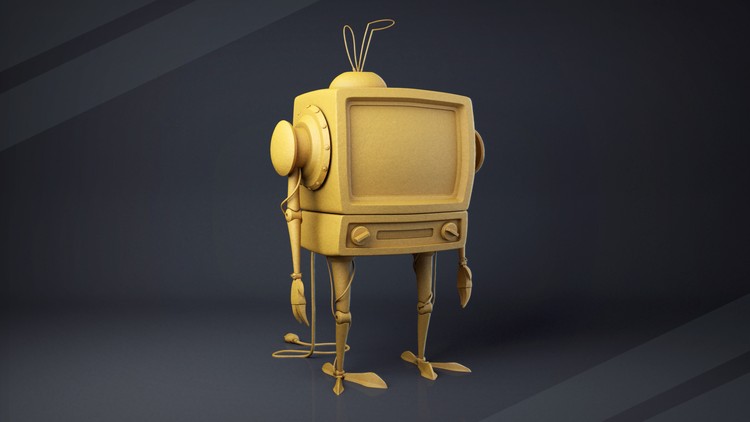
A successful texture artist embodies both artistic sensitivity and technical crafting.
While a clear creative vision is fundamental in composing textures that engage and inspire, the technical skills in industry-standard software truly execute those ideas.
Knowing the best and trending tools!
Mastering tools like Mari and Blender empowers artists to create intricate textures that breathe life into 3D models. This unique combination of skills allows texture artists to elevate their work, ensuring it captivates audiences while adhering to the industry’s rigorous standards.
Proficiency in software is equally vital for texture artists. They are often expected to be adept with industry-standard tools such as Substance Painter, Mari, Photoshop, and 3D modeling software like Maya or Blender. Familiarity with rendering engines, including Arnold, V-Ray, and Unreal Engine, is also crucial, as these platforms significantly affect how textures are rendered in the final product. Mastering these tools allows texture artists to bring their creative visions to life while ensuring their textures achieve the desired impact in the finished work.
Learning the fundamentals!
Texture artists require a robust understanding of art fundamentals, encompassing color theory, lighting, shading, and composition.
These principles are essential as they determine how textures are perceived in different lighting environments and how they harmonize with other visual elements.
Additionally, a sharp eye for detail is crucial; the level of realism and quality within a texture is often defined by its subtle intricacies, including tiny cracks, layers of dirt, reflective highlights, or natural wear and tear. These delicate details ultimately create a sense of authenticity and immersion, making the digital world feel tangible and believable.
A critical artistic ability for texture artists is the ability to visualize how textures will behave on a 3D model. This requires spatial thinking and an in-depth understanding of the forms they are texturing. Such skills are particularly vital during UV unwrapping and texture mapping, where the aim is to create a flawless fusion between the texture and the model’s geometry.
By accurately imagining how a texture will conform to the surface, texture artists can ensure that every detail is harmoniously integrated, resulting in a lifelike and immersive visual experience.
Attending to technicalities!
Alongside their artistic abilities, texture artists must also master the technical aspects of their field. A solid understanding of texture mapping and UV unwrapping is essential for accurately applying textures to 3D models, ensuring that each detail aligns perfectly with the model’s surface.
Moreover, familiarity with PBR (Physically Based Rendering) is critical, as this method has become the standard for producing realistic textures that react convincingly to light.
Texture artists must be well-versed in the principles of materials creation and shader development in 3D settings. This knowledge enables them to manipulate the look and feel of various surfaces, allowing them to adjust how textures react to light and influence their overall appearance.
Texture artists can craft stunning visuals that convey depth, realism, and emotion by skillfully employing materials and shaders, further immersing audiences in their digital worlds.
The Texturing Process: The Journey from Concept to Creation
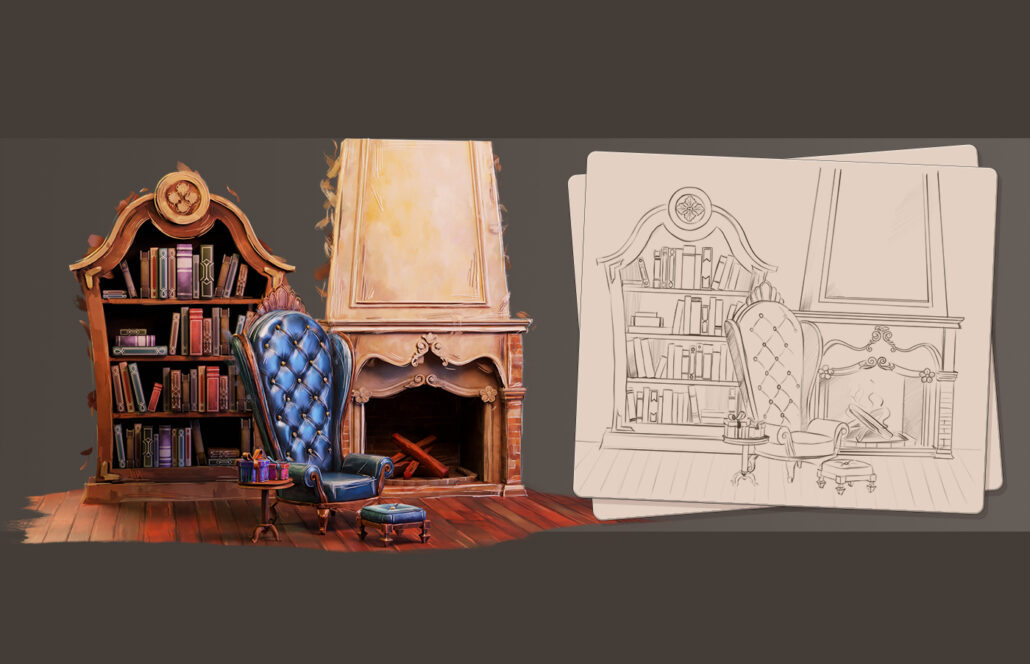
The texturing process is multi-faceted, commencing with creating textures and progressing to their application in the final rendering. Each stage plays a vital role in ensuring that the textures not only fit the artistic vision but also enhance the realism of the 3D models.
This structured approach ensures that the resulting textures improve the depth and realism of 3D models, contributing significantly to the project’s overall impact.
From Ideas to Inspiration: The Role of Conceptualization and Research
Before embarking on the texture creation process, artists diligently gather references and conduct thorough research. Whether they’re working to create the look of a corroded metal surface or the complex patterns of reptilian skin, a wealth of reference images is critical for ensuring that textures appear realistic and align with design standards.
Texture artists also benefit from collaboration with concept artists and art directors, whose insights help ensure that their work fits seamlessly into the project’s broader narrative and aesthetic.
From 3D to 2D: UV Unwrapping and Texture Mapping
Following the completion of the model, the texture artist begins the intricate process of UV unwrapping. This vital step requires arranging the model’s surface in a 2D layout to facilitate accurate texture application.
The goal is to eliminate stretching and ensure that the texture wraps around the object smoothly, enhancing the frame’s visual appeal.
Following the UV unwrapping stage, the artist develops a texture map, a critical 2D image that specifies the surface details of the 3D model.
This map can be a color, bump, or normal map, each offering essential information about the surface’s characteristics and behavior.
By creating these detailed maps, the artist significantly enhances the visual richness and authenticity of the final render.
Crafting Reality: The Art of Material Creation and Shader Development
During this phase, texture artists dedicate their efforts to crafting materials and refining shaders, which control the interaction between the texture and various lighting scenarios.
With shading’s importance in creating a realistic picture, more individuals are now aspiring to be textures, or more specifically, shader artists.
They strive to make materials behave as expected, whether replicating a sword’s bright metallic luster or the concrete’s rugged surface.
They utilize sophisticated tools like Substance Painter or Mari to add intricate details such as scratches, dents, and environmental wear that enhance realism.
Polishing the Canvas: Applying and Refining Textures
At this stage, the textures are applied to the model within a 3D space, leveraging software like Maya or Blender. The artist embarks on a careful process of trial and error, adjusting the texture’s appearance based on different lighting scenarios.
This ensures a realistic look and harmony with other textures and materials throughout the project, contributing to a unified visual aesthetic.
Bringing It All Together: Rendering and Final Adjustments
After applying the textures, the model is rendered to evaluate its interaction with lighting and environmental elements. This critical phase allows the texture artist to discover specific areas needing enhancements or corrections.
Once necessary adjustments are made, the textures are finalized and ready for deployment in the project.
Exploring Diversity: Different Types of Textures!

Texture artists work with a multitude of texture types, each one serving a unique function in the 3D modeling journey. These various textures are essential for conveying different surface qualities and enhancing the overall realism of digital creations.
1) Diffuse (Albedo) Maps:
As the primary color layer for a texture, diffuse maps focus solely on the base color, excluding any lighting or shading effects. They are vital to representing an object’s surface color, giving it an initial visual character.
2) Normal Maps:
Normal maps add depth and detail to a texture by simulating the effect of small surface irregularities without increasing the model’s polygon count.
These maps are essential for adding fine details, such as wrinkles and scratches, which enhance the model’s overall realism.
3) Specular and Roughness Maps:
Specular and roughness maps are key to defining a surface’s interaction with light. Specular maps indicate how reflective a surface is, shaping its shine, while roughness maps dictate the texture’s smoothness or coarseness, affecting the quality of the reflection.
4) Bump Maps:
Bump maps enhance the visual depth of a texture by replicating small surface features, such as bumps and dents.
While they provide a similar effect to normal maps, they are more constrained in the level of detail they can portray, making them helpful in adding a basic sense of texture to a model.
5) Displacement Maps:
Unlike other texture maps, displacement maps transform a model’s geometry by displacing its surface according to the values defined in the map.
This results in authentic depth and detail, allowing for a more realistic representation of features, as the changes are physically integrated into the model rather than just visual effects.
The Texture Artist’s Toolbox: Essential Software and Tools
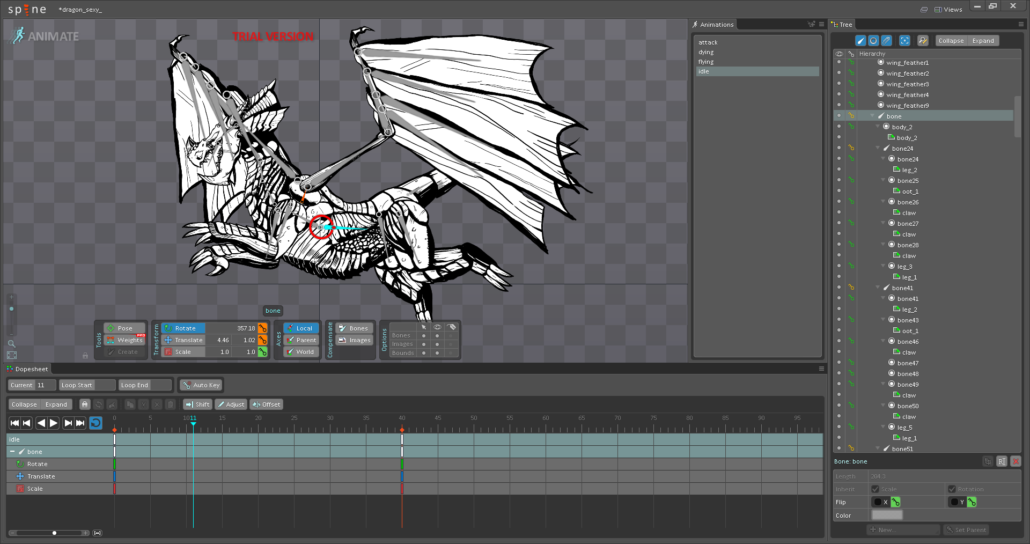
Texture artists depend on various essential tools and software to carry out their tasks effectively. Some of the most widely used tools include:
- Substance Painter: A powerful texturing and material creation tool popular for PBR workflows.
- Mari: A premium texturing software tailored for handling complex models that require a high level of detail.
- Photoshop: A go-to 2D image editing software used for crafting and refining texture maps.
- Maya/Blender: These 3D modeling programs are essential for texture artists, who use them to apply and perfect textures to 3D models. Read more about the differences between Maya and Blender to choose the best one for your production!
- ZBrush: A digital sculpting tool that allows for the creation of high-resolution models and intricate textures.
- Unreal Engine/Unity: Game engines that help texture artists assess their textures’ performance in real-time settings. For more information, you can read our guide on the comparison of Unity and Unreal Engine.
Texturing Evolution: Navigating the Latest Trends in Digital Artistry
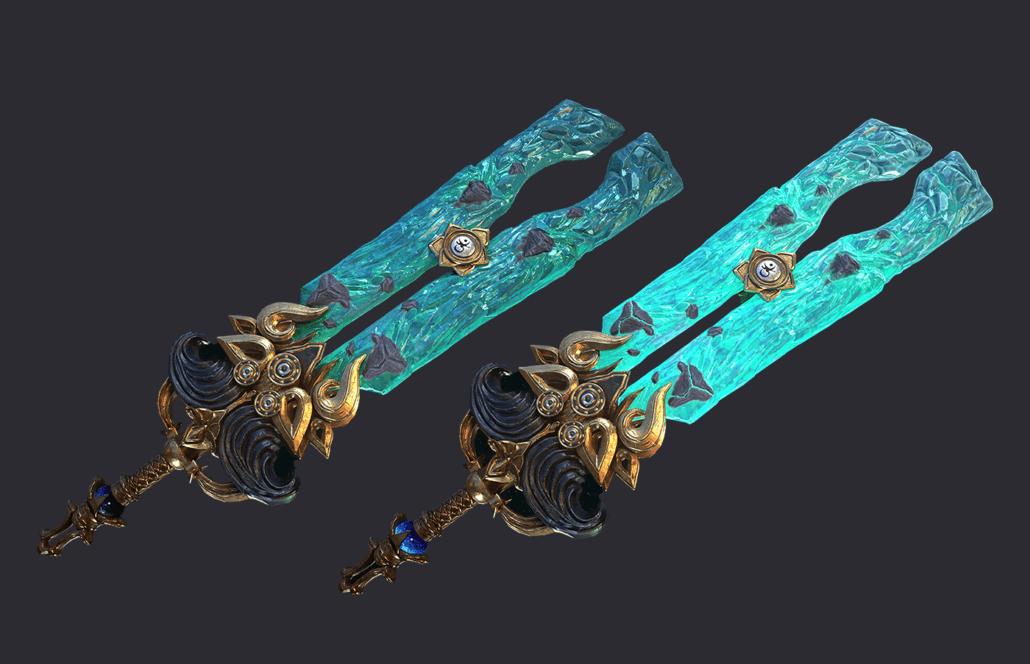
Texturing is a dynamic, evolving field influenced by groundbreaking technologies and the latest trends.
Some of the most thrilling developments currently reshaping the industry are listed below:
Photogrammetry:
Photogrammetry is revolutionizing the creation of textures and models. It employs high-resolution photographs to produce stunningly detailed results.
This technique is rapidly being adopted in games and films, enabling the design of hyper-realistic environments that draw viewers into an immersive experience.
AI-Driven Texturing:
AI technology is making its mark on the texturing field, introducing automation to the workflow.
Using AI-powered tools, texture artists can generate textures from input images or models, drastically enhancing efficiency and speeding up project timelines.
Real-Time Texturing:
Advances in real-time rendering engines such as Unreal Engine have sparked a heightened demand for texture artists skilled in crafting textures optimized for real-time applications.
This trend is particularly prominent in VR, AR, and video game development, where immersive experiences rely on high-quality, responsive textures.
Real-World Impact: The Diverse Applications of Textures Across Industries
Across various sectors, texturing is a critical element that influences numerous applications, including:
Animation and Film:
In animated films and visual effects, textures play a vital role in enhancing the realism of characters, environments, and objects.
With 3D models giving visual and cognitive depth to models, 3D texturing is now a leading demand amongst producers and studios.
They are essential for seamlessly integrating CGI elements with live-action footage, ensuring a cohesive and believable visual experience.
Video Games:
The significance of textures in video games cannot be overstated, as they are key to creating immersive worlds that transport players into new realms.
With PBR now a standard practice in contemporary gaming, developers can produce highly realistic environments and character models that enhance player engagement.
Virtual and Augmented Reality:
Textures within VR and AR applications are essential for creating immersive experiences by offering realistic materials and environments that adapt dynamically to user interactions.
This responsiveness enhances the overall engagement, allowing users to feel a genuine connection to the virtual surroundings.
Product Design and Advertising:
texture artists play a key role in product visualizations, crafting materials to ensure they appear accurate and visually appealing in advertisements and design mockups.
Their expertise enhances the presentation of the product, making them more enticing to potential customers.
From Novice to Expert: Pathing Your Career in Texture Art
The career path of a texture artist generally begins with entry-level positions in 3D modeling or visual effects, providing a solid foundation for those looking to specialize in texturing. Building a robust portfolio showcasing various texturing projects is crucial for breaking into the industry.
Texture artists can find opportunities in animation studios, video game development companies, and VFX houses.
With experience, texture artists can evolve into specialized roles such as senior texture artists or technical artists and may eventually take on leadership positions like art director.
Final Words
Texture artists stand at the intersection of artistic vision and technical proficiency, playing a crucial role in crafting visually stunning and immersive digital environments. Given their wide-ranging applications across industries and the ongoing advancement of tools and techniques, the future of texturing is set to be as lively and captivating as the vibrant worlds these artists create.
This dynamic field offers aspiring texture artists many opportunities to innovate and express creativity while mastering cutting-edge technologies.
As they embark on their journeys, they will not only shape the visual narratives of tomorrow but also contribute to the evolution of digital artistry, making their mark in an ever-evolving landscape that rewards passion, skill, and imagination.
